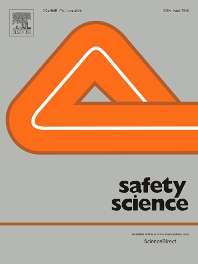Journals in Industrial engineering
Journals in Industrial engineering
- ISSN: 3050-4759
Next Research

- ISSN: 0029-8018
Ocean Engineering

- ISSN: 0030-3992
Optics & Laser Technology

- ISSN: 0143-8166
Optics and Lasers in Engineering

- ISSN: 1574-1192
Pervasive and Mobile Computing

- ISSN: 1359-5113
Process Biochemistry

- ISSN: 0736-5845
Robotics and Computer-Integrated Manufacturing

- ISSN: 0925-7535
Safety Science

- ISSN: 2352-5509
Sustainable Production and Consumption

Related subjects
Advanced manufacturing systems
Artificial intelligence in engineering
Cim cam
Ergonomics
Expert systems in engineering
Human computer interaction
Human factors
Industrial health and safety
Integrated product and process development
Manufacturing logistics
Manufacturing processes and systems
Manufacturing systems engineering
Materials processing
Operational research in industrial and manufacturing engineering
Product and process design
Production
Production resource management
Rapid prototyping
Robotics and industrial automation
Safety in manufacturing
Strategic research and management in industrial engineering